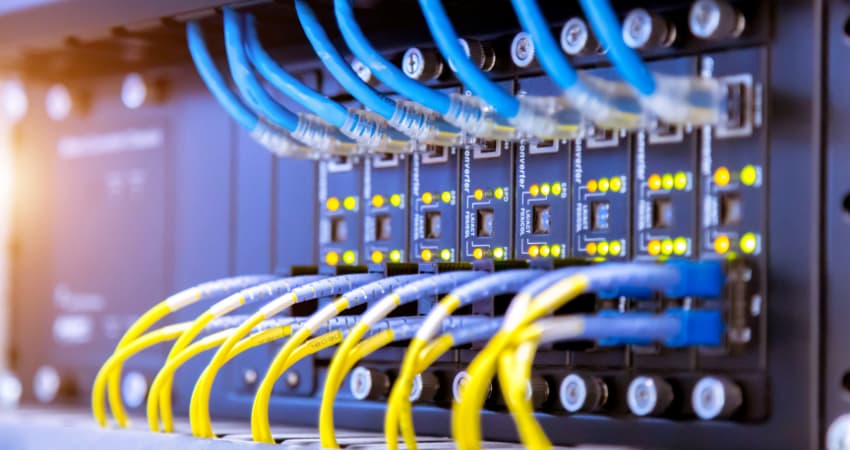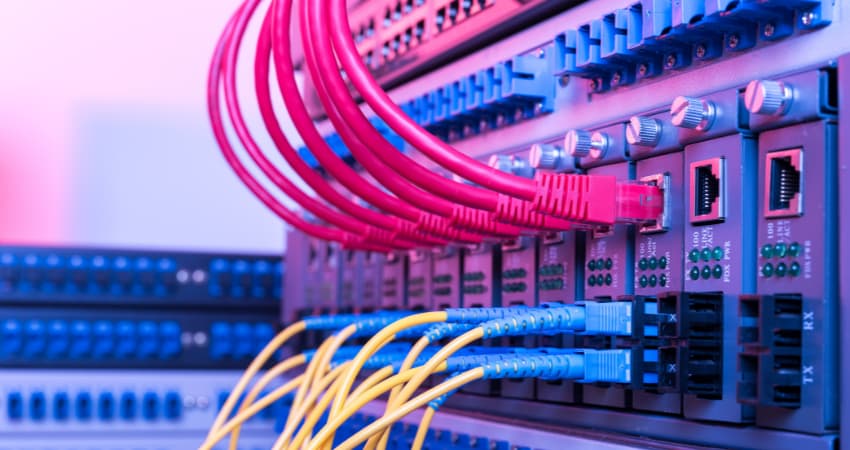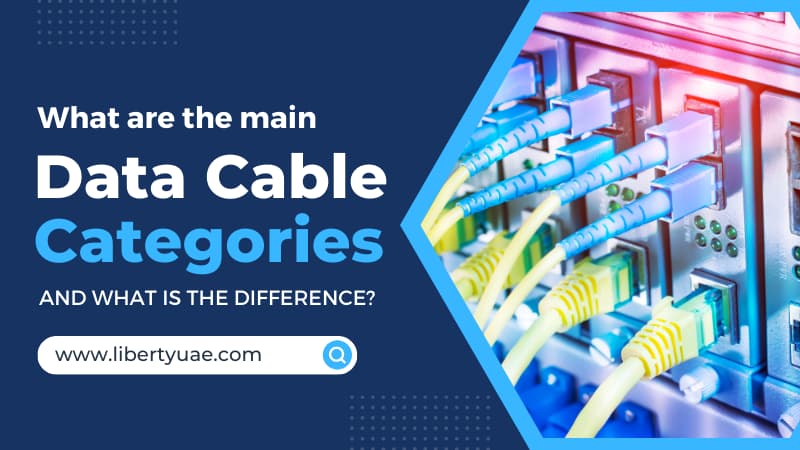Telecommunications and data transmission are two of the most important aspects of today’s company. It will be a battle for competitiveness in the business landscape if these two components are not handled correctly. However, by using the best structured cabling solutions, you can reduce the amount of time you spend struggling.
However, there are numerous data cable categories on the market. So, how can you examine which one is the most reasonable? What’s the difference between data and phone cables, anyway?
Table of Contents
What is a Data Cable?

Between systems, a data cable carries data in the form of binary electrical transmission signals. As electrical impulses, binary data comprises a succession of ones and zeros. The type of data cable you’ll require is determined by your surroundings.
Ethernet connections, such as cat5e and cat6, for example, transmit data between computers in a network. Peripheral devices such as cameras and printers are connected via USB and coaxial wires.
Coaxial cable, twisted pair, and optic fibre cable are the three basic forms of data cables. These cables deliver signals at different frequencies and serve certain purposes.
What Are The Main Data Cable Categories?

Cabling is available in a wide range of standards, lengths, and colors. While the color of your network cabling is unimportant, knowing what the different categories are and what they can do is critical.
Data cabling is the most prevalent sort of cabling found in businesses, and it connects IT equipment and IP phone networks.
The Following Are The Most Regular Types of Data Cabling:
- Cat 5 cabling is unshielded and uses twisted-pair copper wires to give a bandwidth of up to 100 MHz. Cat 5 Cables may cover distances of up to 100 meters and data messages can be transmitted at speeds ranging from 10 to 100 megabits per second. There is also a higher-speed variant of CAT 5, known as CAT 5e, that can reach speeds of up to 1 Gbps.
- Cat 6 is a more current version of Cat 5 cable that uses twisted-pair wiring but with bandwidths of up to 250MHz. It should also be capable of transmitting data at significantly faster speeds, up to 10 Gbps over a distance of 55m—though it should be emphasized that this speed will decrease as distance increases. Cat 6 cabling, on the other hand, provides more solid connections due to the lack of interference.
- Fibre Optic Cable is a type of optical. To carry data over great distances at fast speeds, these network cables use glass fibers enclosed in an insulated sleeve. And, by lengthy distances, you should anticipate finding distances of 10 kilometers capable of rates ranging from 10 to 100 gigabits per second.
How Do Data Cable And Phone Cable Different From Each Other?

While phone wires appear to be comparable to Cat 5 and Cat 6 cables, they are not. The difference may be seen in the termination of the cable, which is smaller and flatter for phone cabling than a Cat 5/6 cable. Phone connections, like data cables, can transfer data, but the highest speed you should expect is roughly 10 megabits per second.
Choose the Best Data Cables
When it comes to establishing cabling that is appropriate for you and your association, no one solution fits all. The cost-effective strategy of phone cables may be ideal for a small network, depending on your demands.
A huge network that handles large volumes of data, on the other hand, might be better served by fiber optics. Regardless, there is a solution for every cabling project, and choosing the proper one will increase your productivity.
Also Read: Top 7 Ultimate Benefits of Structured Cabling System




.png)


